Late last year Trust Across America-Trust Around the World published the first in a planned series of award-winning books. TRUST INC., Strategies for Building Your Company’s Most Valuable Asset brings together the wisdom of 32 experts. Six months later we released our second book, Trust Inc. A Guide for Boards & C-Suites. In this book, sixty experts have joined forces to offer 100 strategies.
Throughout the month of August, we will be featuring 31 essays from our second book. Each stands alone as an excellent resource in guiding Boards and C-Suites on driving a trust agenda at the highest level in the organization, and provides tools for those who choose to implement trust-building programs in their organization.
We begin our series with advice from David A. Shore, PhD, a former associate dean of the Harvard School of Public Health, and the founding director of Harvard’s Trust Initiative; and his colleague Jona Raasch, CEO, The Governance Institute (TGI), a division of NRC, a member based organization with 1000+ healthcare organization membership.
There is a Reason Why We Call Them “Trustees”
To a large extent, the long-term success of an organization depends on a trusting relationship between the board and executive management. On the one hand, boards must allow management teams enough flexibility to run day-to-day operations, while at the same time, ensuring appropriate oversight. When boards stray into operations and away from policy it is often for two main reasons: 1) they pursue what is most familiar to them, and 2) they lose trust in the CEO. Sadly, this loss of trust occurs more frequently than one might expect.
While oversight is central to everything boards do, here in lies the rub and the potential trust buster. Boards engage in oversight by monitoring decisions and actions to ensure they conform to policy and produce intended results. A board’s responsibility is oversight, and yet board members are infrequently on-site. We know that trust is built around the twin towers of competence and conscience. A competent executive management team is an expectation of all boards. Therefore, you build very little trust just by being competent. When it comes to building trust, conscience is where the equity lies. Conscience is how you behave when no one is looking. By virtue of their role as “absentee landlords,” board members are rarely “looking.” For a detailed analysis of board member meeting and committee activity in one industry, see: The Governance Institute’s 2013 Biennial Survey of Hospital and Health Systems.
I hope you have enjoyed this first sneak peak into the trust treasures contained in our second book. If this brief look behind the door has been helpful, follow this link to order both of our books online.
Barbara Brooks Kimmel is the Executive Director of Trust Across America-Trust Around the World whose mission is to help organizations build trust. She is also the editor of the award winning TRUST INC. book series. In 2012 Barbara was named “One of 25 Women Changing the World” by Good Business International.
Should you wish to communicate directly with Barbara, drop her a note at Barbara@trustacrossamerica.com
Copyright © 2014, Next Decade, Inc.
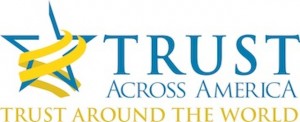
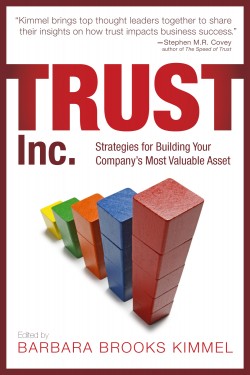
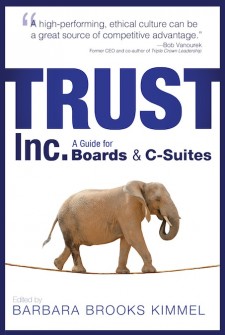
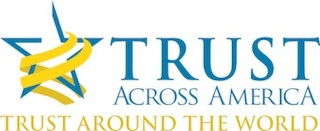
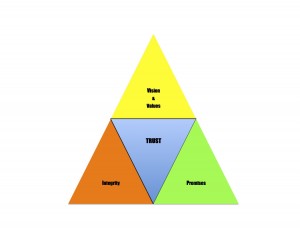

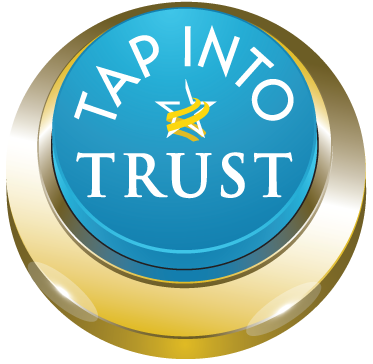
Recent Comments